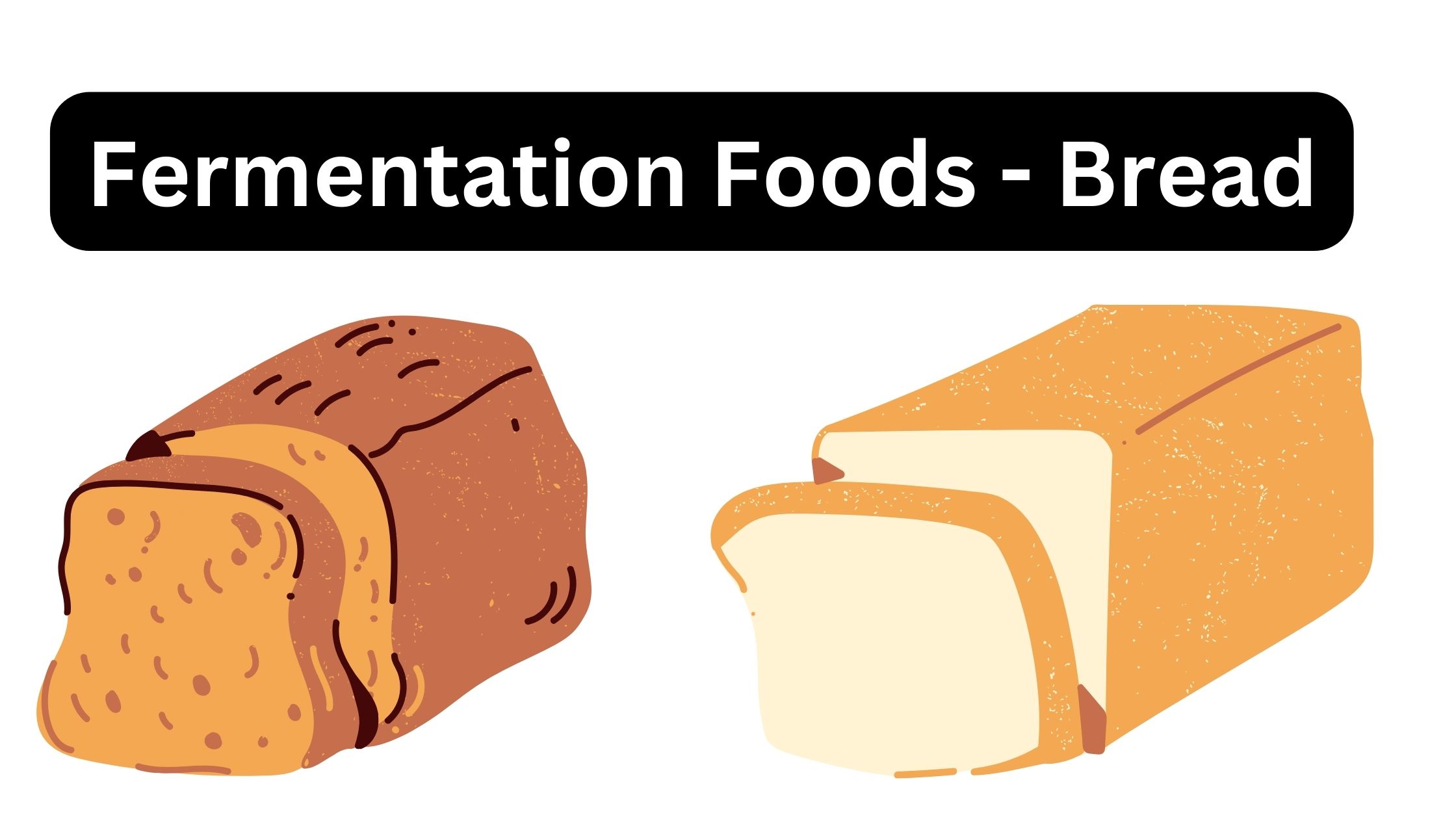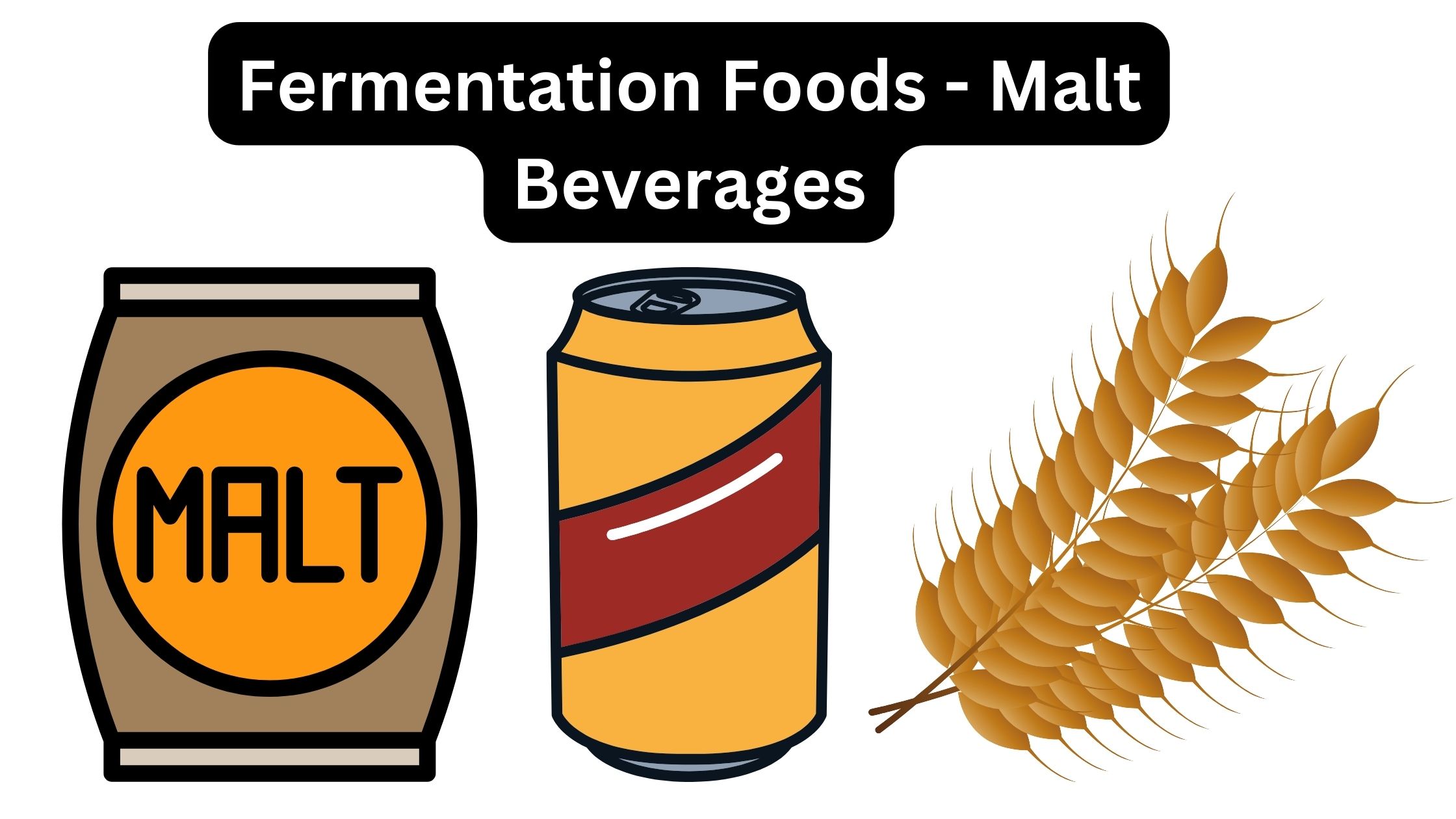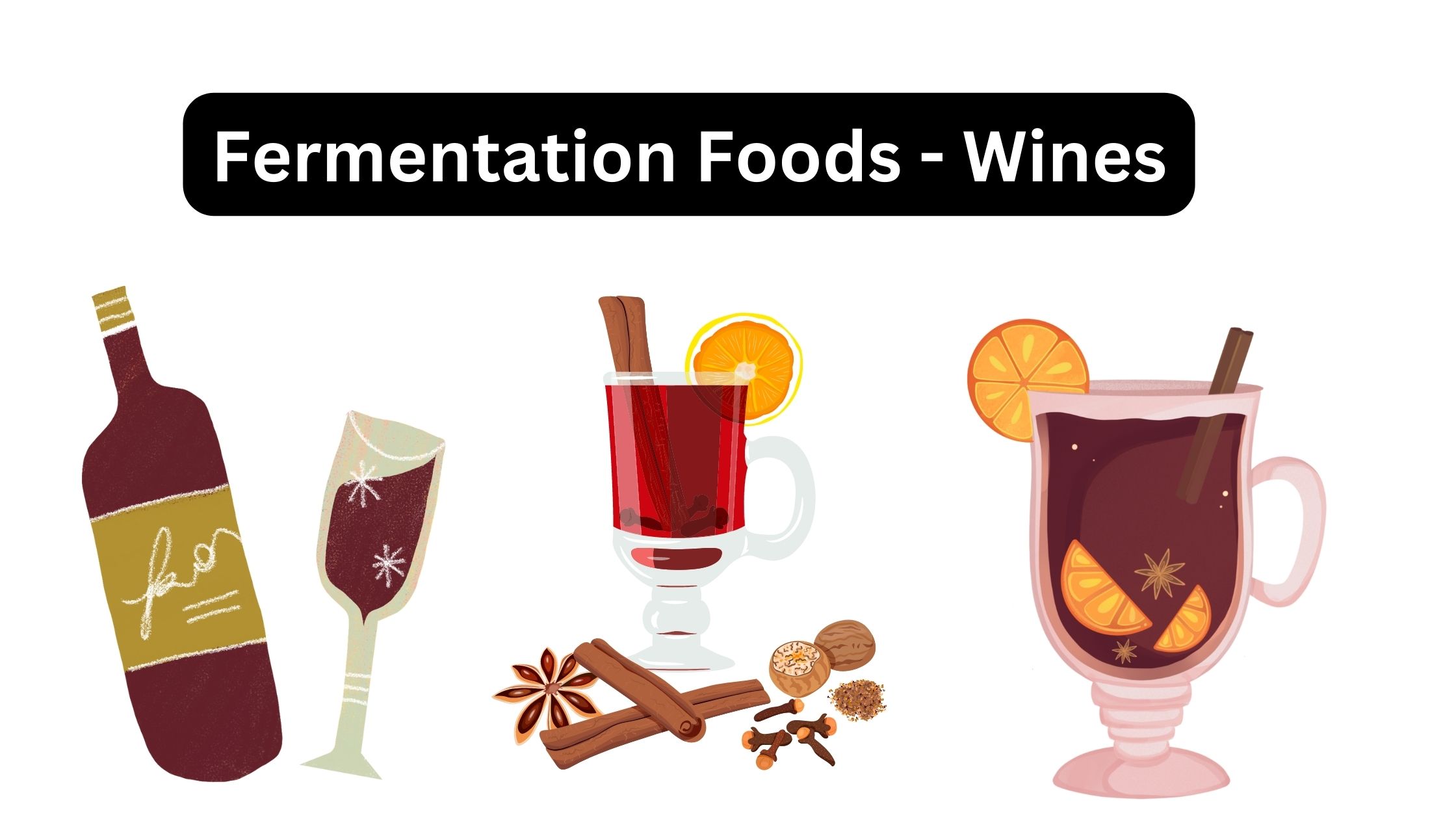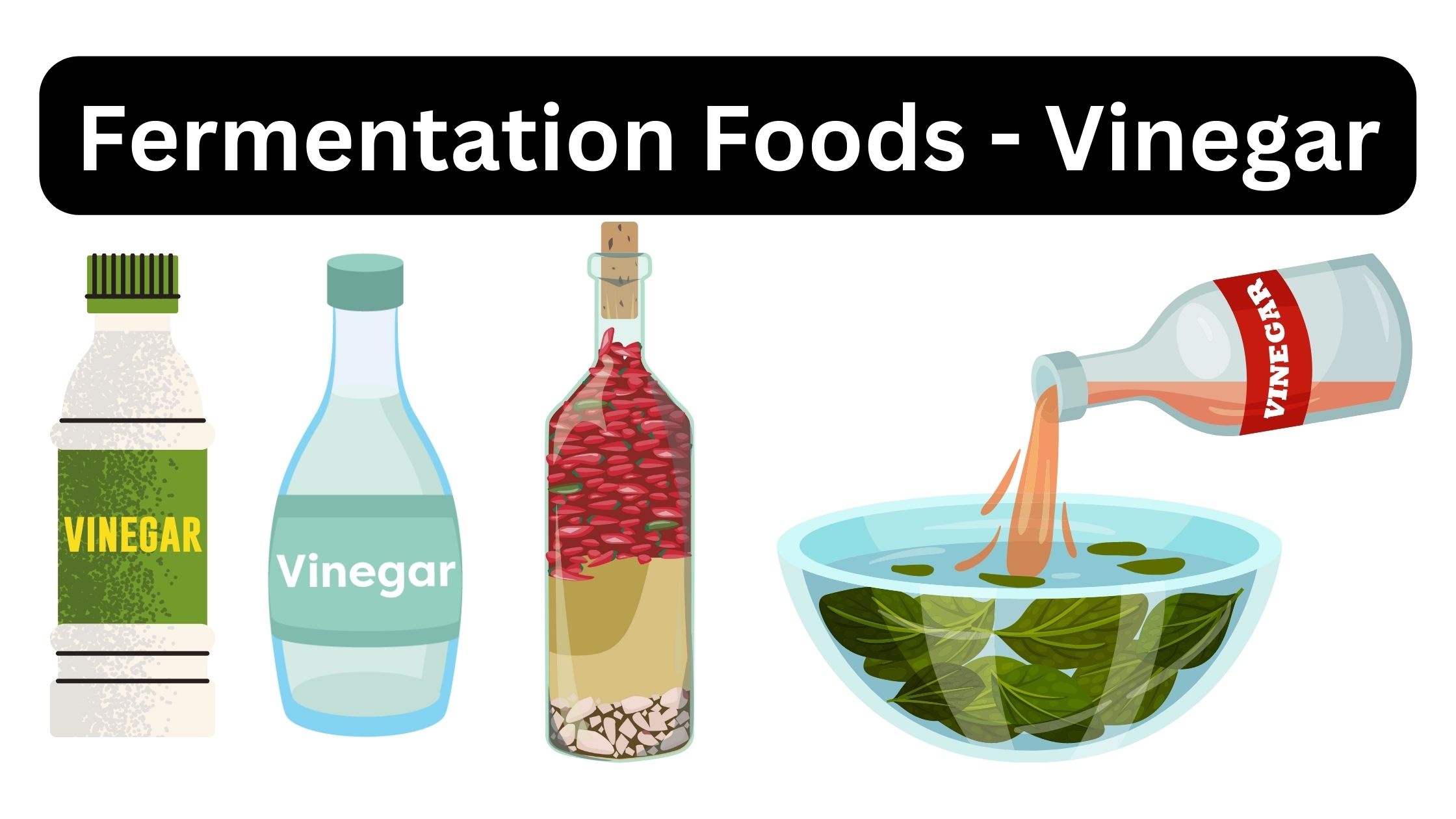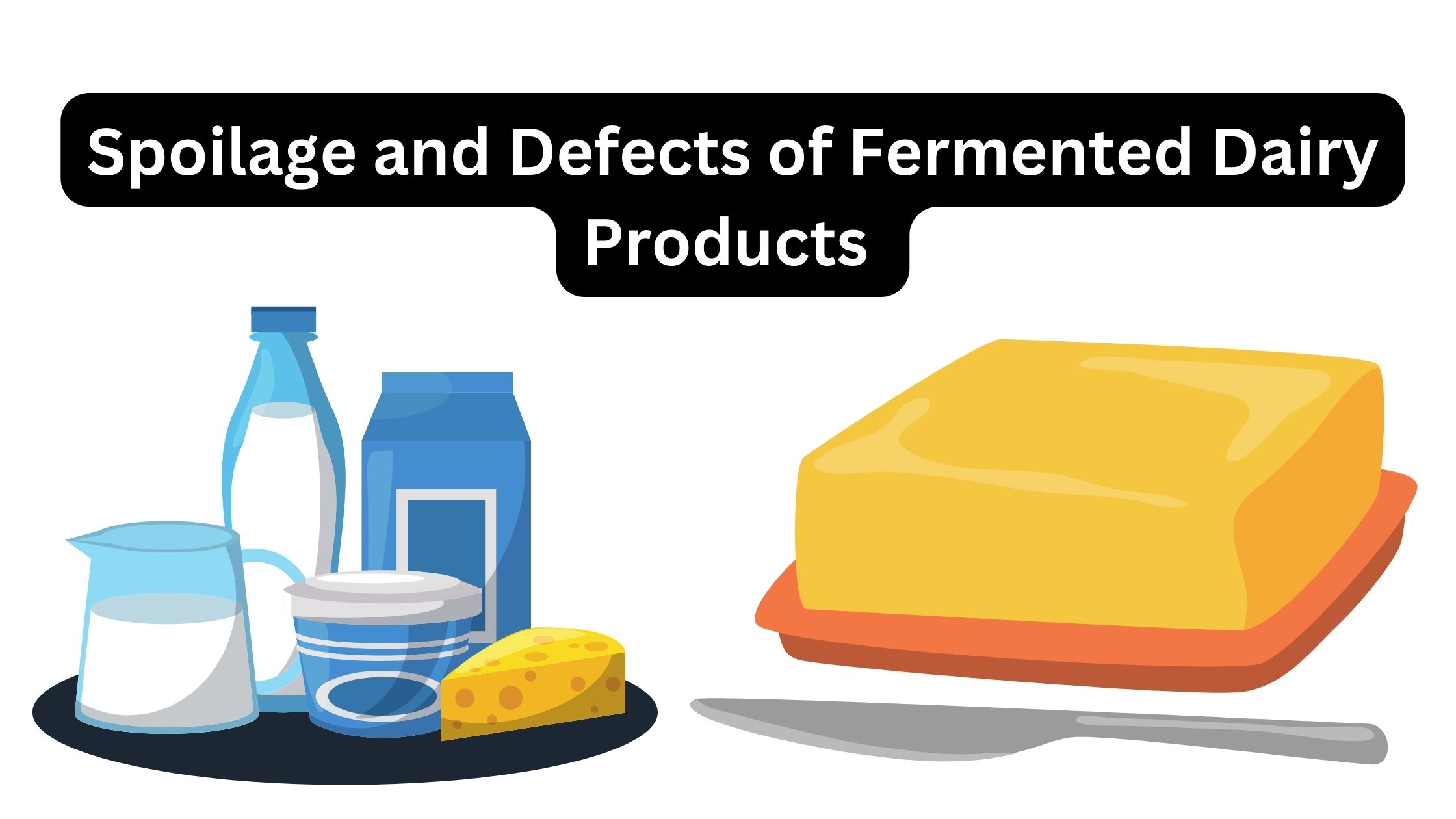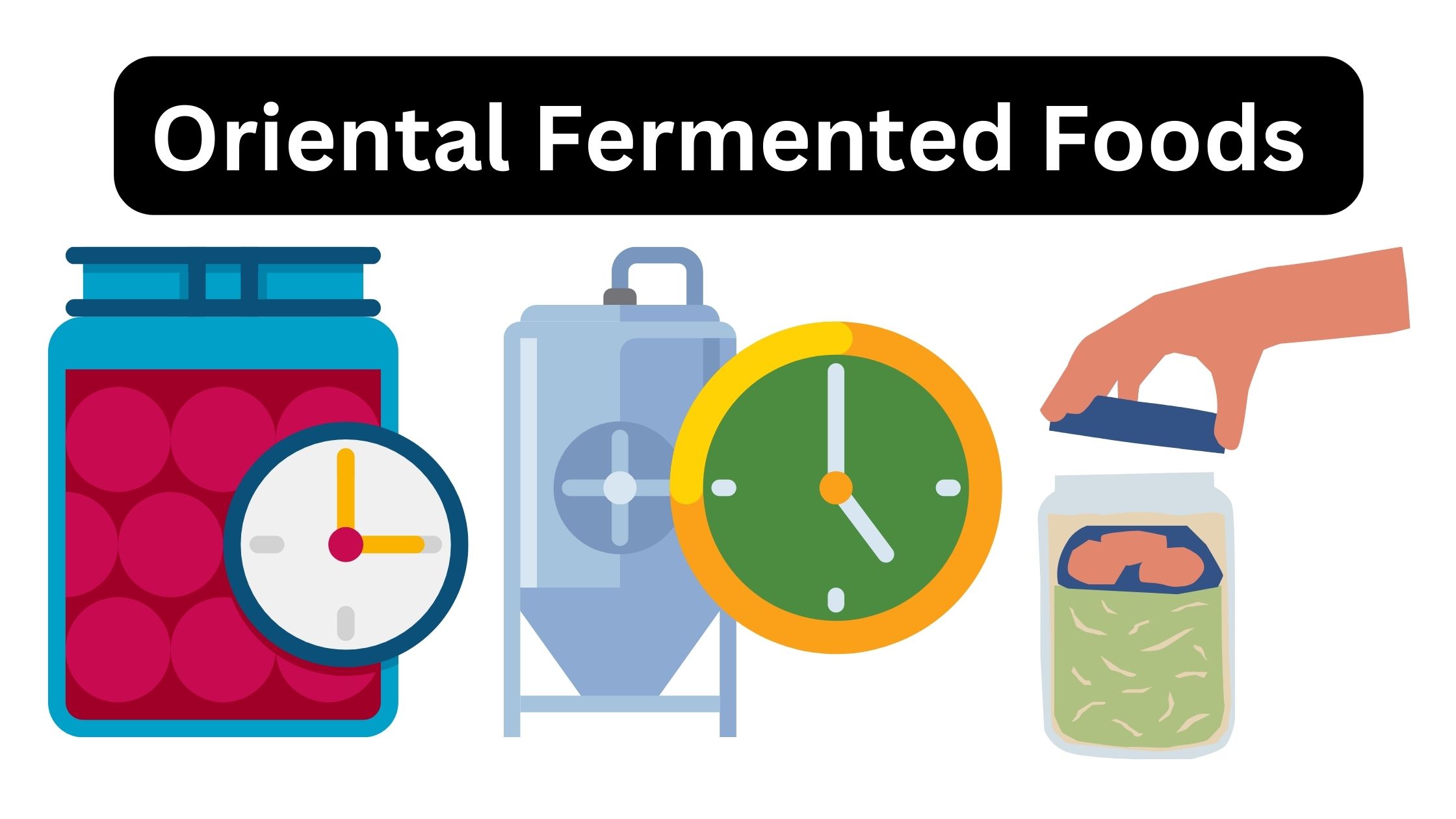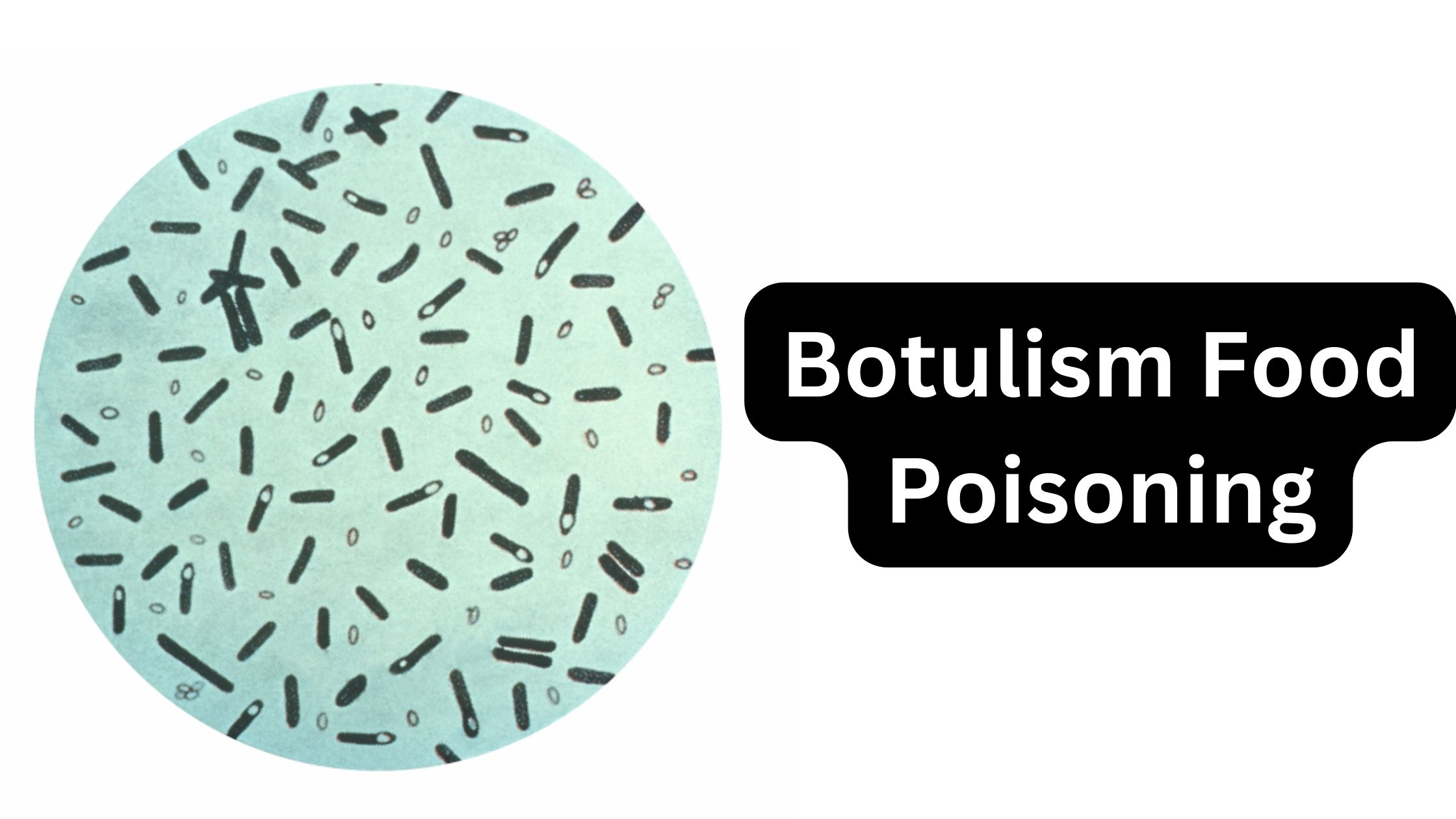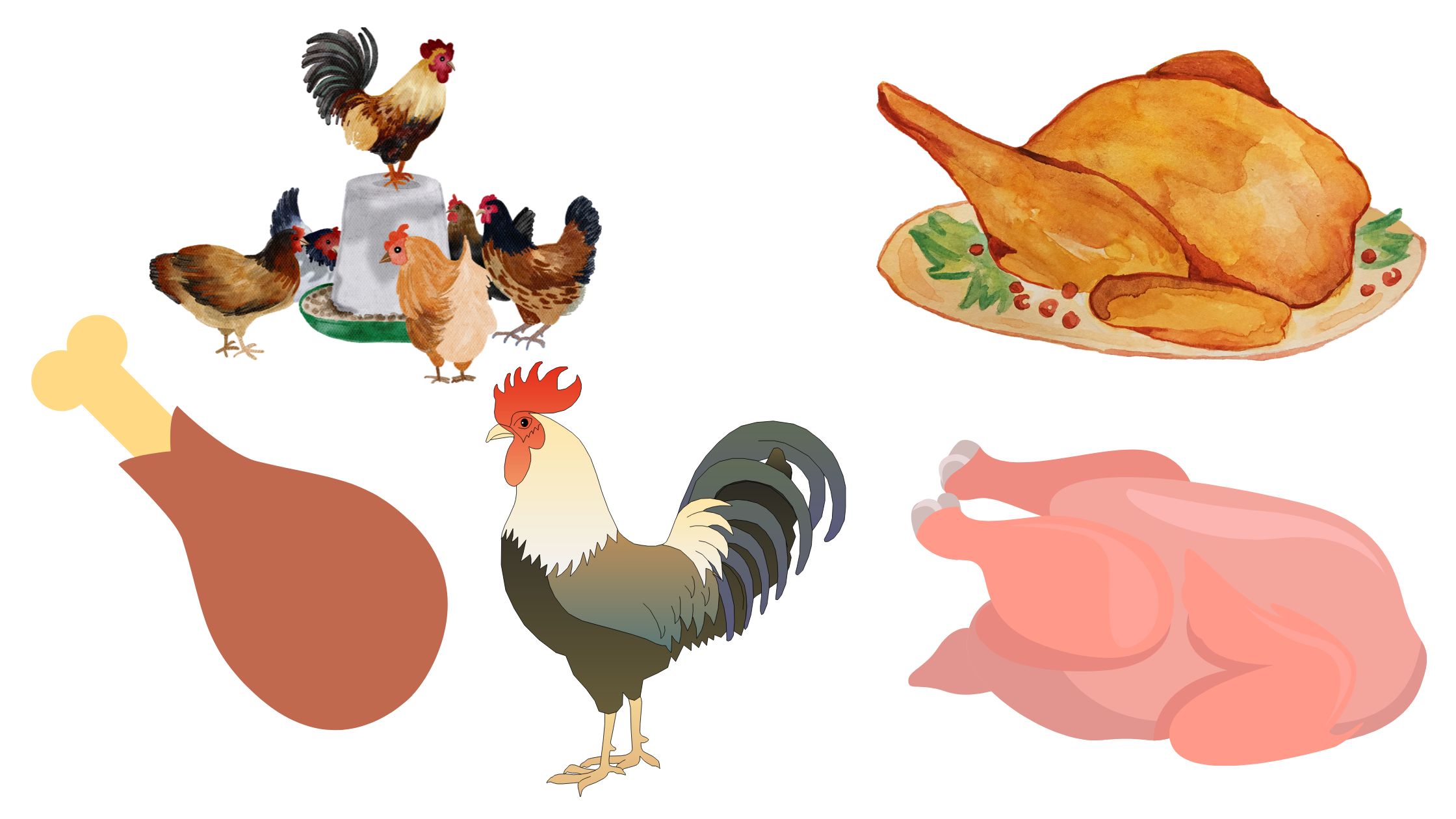Fermentation Foods – Bread
In breadmaking, microorganisms are useful in two primary ways: (1) they can produce gas to leaven the dough, giving it the desired loose, porous texture, and (2) they can produce flavorful substances. They may also play a role in dough conditioning. Leavening Leavening by Bread Yeasts Leavening by Other Microorganisms Leavening by Chemicals Continuous Breadmaking … Read more
